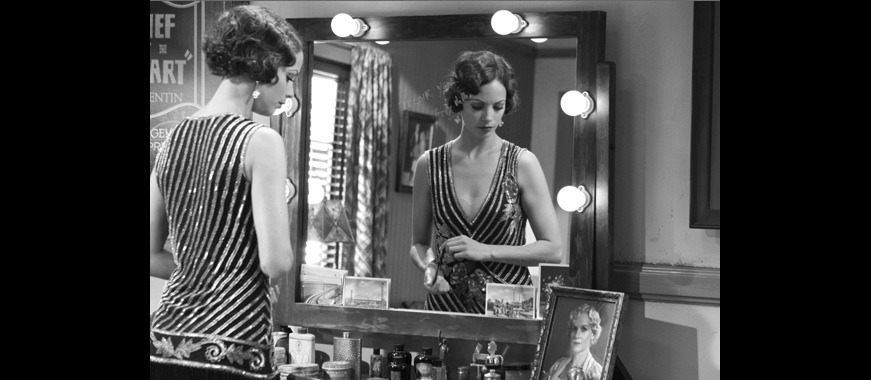Laurence Bennett

The project that for me best illustrates how I approach locations and how they fit into all the visuals would be Traitor. Although we shot two days in Chicago much later on, principal photography was in Canada, England, France and Morocco. Having separate art departments in Canada, France and Morocco and bouncing back and forth repeatedly between all those locations while at the same time staying in touch with the locations people and the art departments in each of them, and keeping them all moving forward, was probably one of the most exciting exercises in contrast that I can imagine.
AS: In those locations you hired local art departments?
LB: In Toronto I had a Canadian crew. In Marseilles I had a French crew with an art director and construction coordinator that came down from Paris. And then in Marrakech I had a Moroccan crew led by a French art director that I had met in Paris. So I had two French and one Canadian art director on the show. I’m very proud of the work we did. It was not a large budget; I think the picture cost less than 23 million in the end. And considering that we shot in three countries and portrayed about twelve countries in those locations was a pretty remarkable achievement.
AS: When you’re going to these locations what characteristics are you looking for in the art department crew that you’re hiring?
LB: When you’re hiring a department you’re looking for skills that complement your own. But every project is so different. The needs are always different from any other one you’ve done before. This is exciting to me. Throw in the additionally challenges of language and significant cultural differences and you’ve got the potential for some really interesting stuff to happen. Staying open to the contributions that people might bring you is vital. Hire people whose judgement and skills you trust and then let them do their jobs and bring you things that will excite you.
AS: And what qualities should a production designer have?
LB: In life and in art it’s important to stay open and curious and excited about what you encounter.
AS: Say somebody was trying to get into the field of production design -any advice to avoid pitfalls?
LB: I usually advise people to first watch as many movies as they can. We have now a hundred year history of film from all over the world. When I’m not working I spend a lot of time watching movies, trying to continue my education about film. And it’s an exciting thing for me. A lot of great stories have been told on film in the space of that hundred years. And being familiar with it and learning from it is really key.
I would also advise people to find designers whose work they admire and pick their brains. Find someone who you respect to work with if possible. If you’re studying in film school, I can’t imagine there’s much substitute for actually making films. In addition to being a student, sign up and design small projects for people for free or whatever you need to do to get as involved as possible in the process because that’s where you really learn your craft.